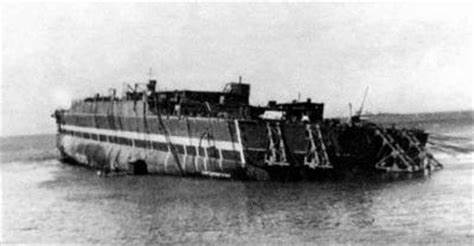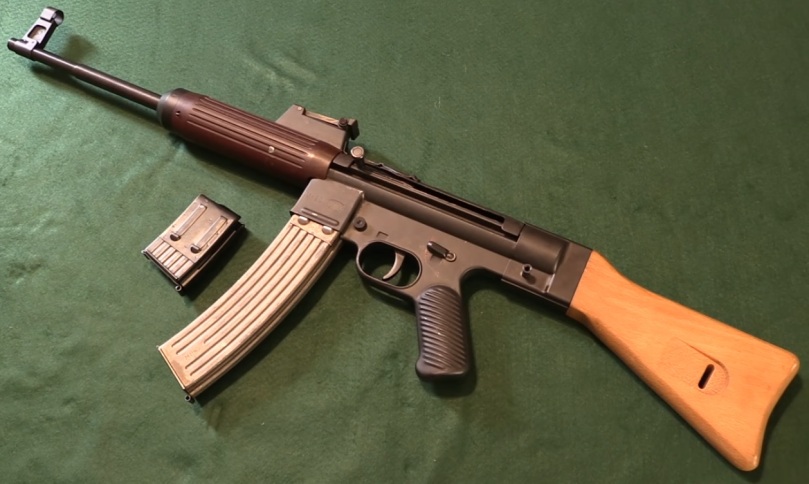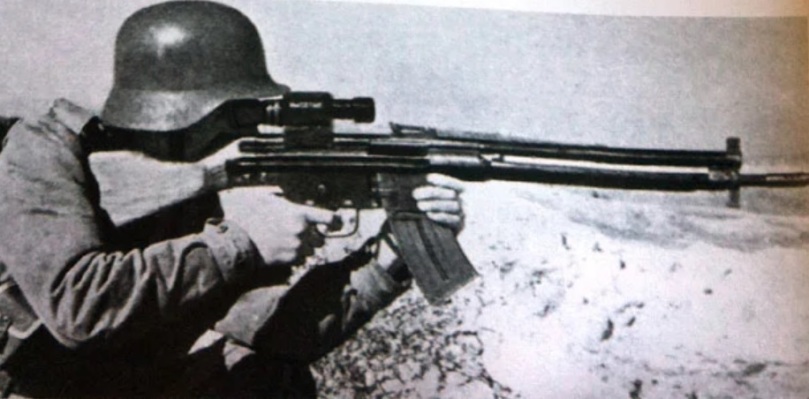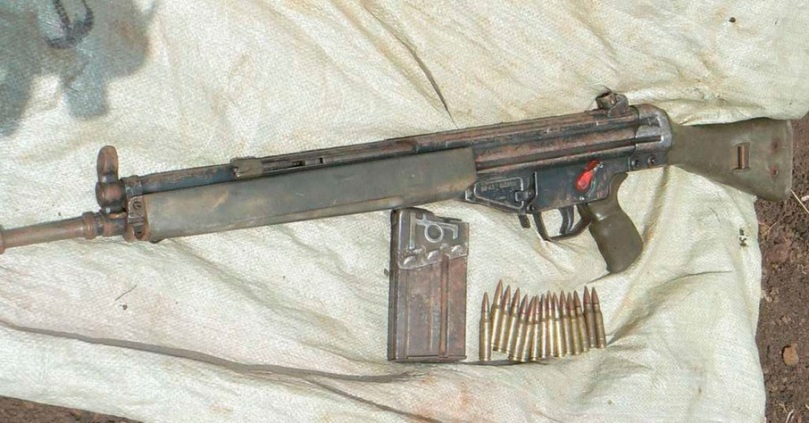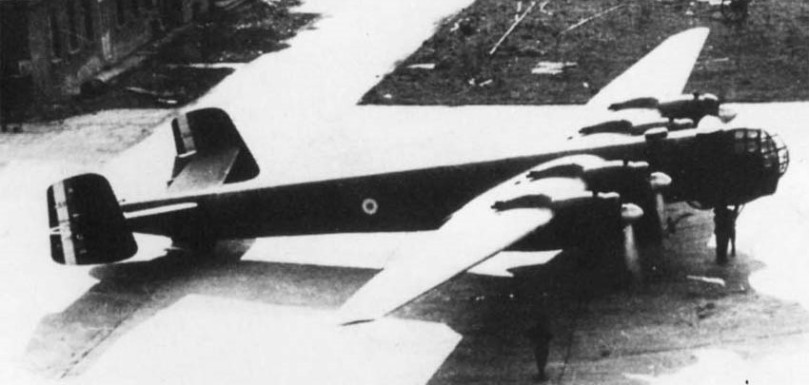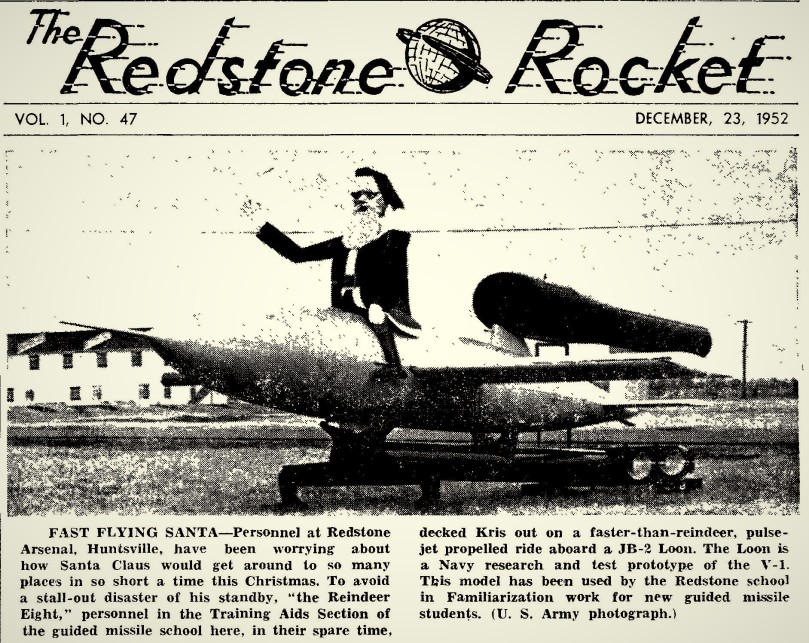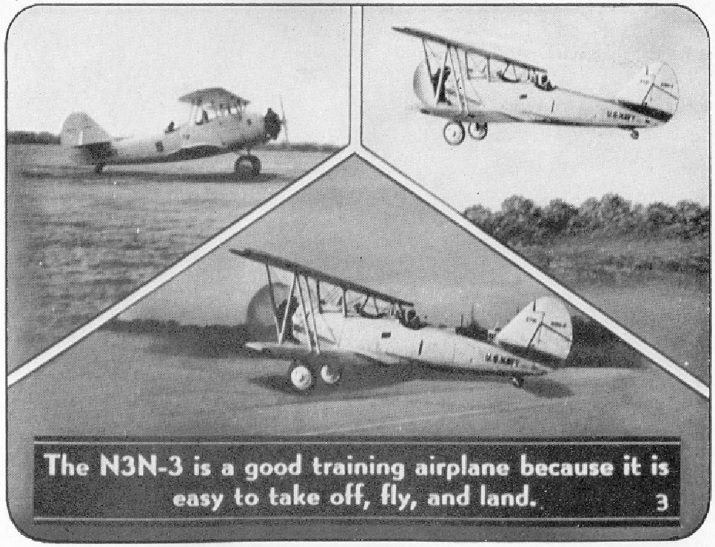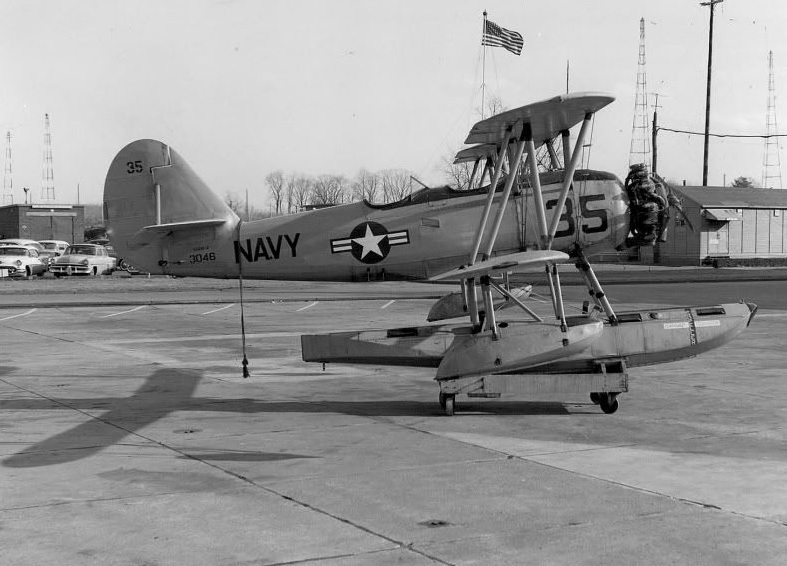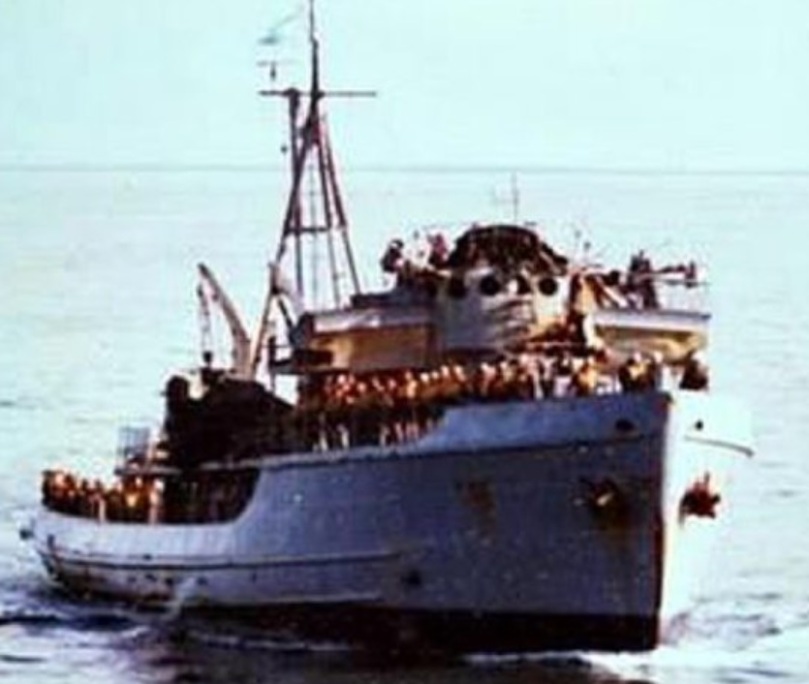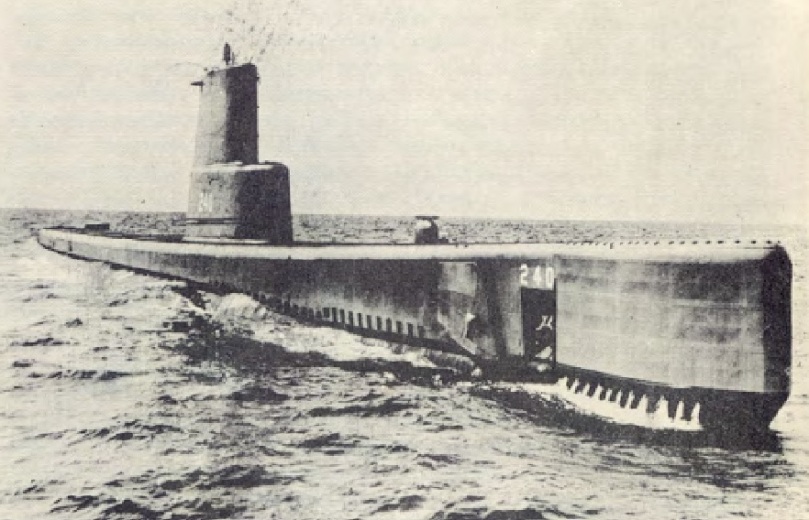For Stalingrad, covered in part 1, Josef Stalin had an idea (however wrong) but no ship. Meanwhile in the United States after WWII, the US Navy had an incomplete ship, USS Hawaii, but was looking for ideas on how to finish it.
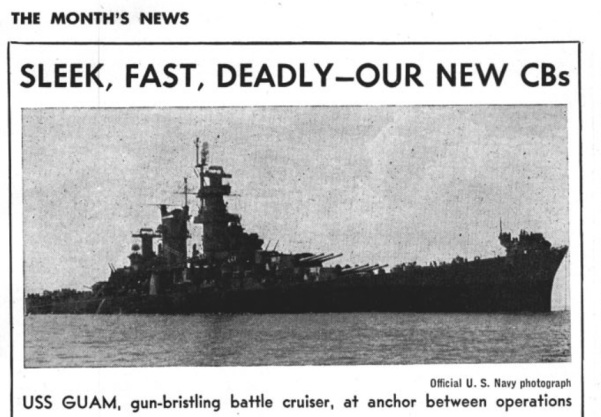
(USS Guam during WWII.) (photo via All Hands, the US Navy’s magazine)
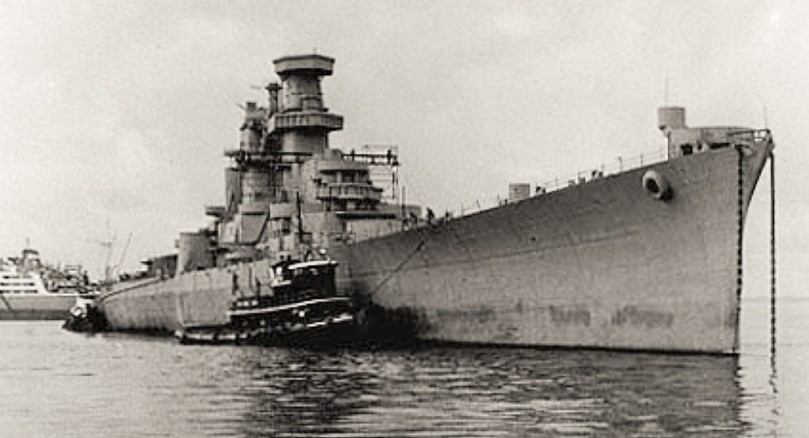
(End of the road for USS Hawaii on 20 June 1959 as it is towed to the scrapyard.)


